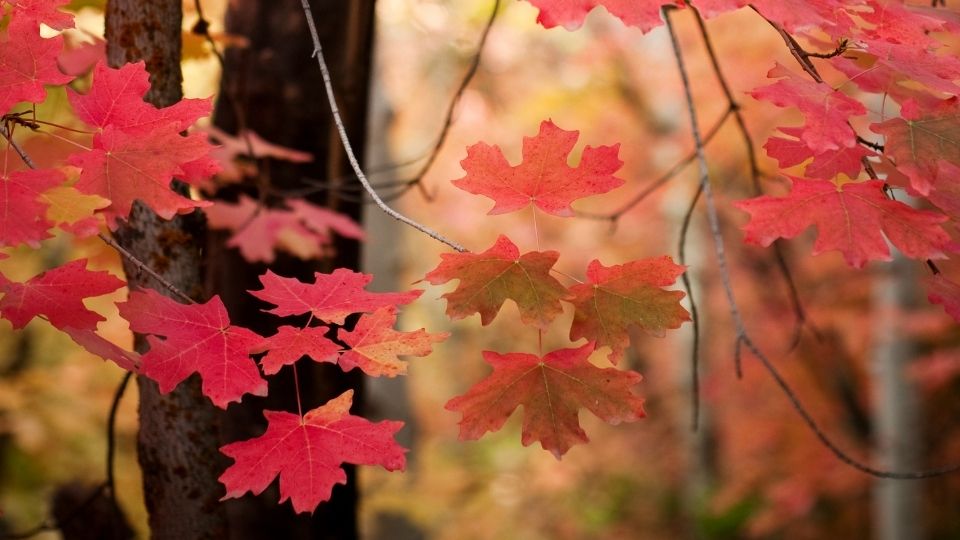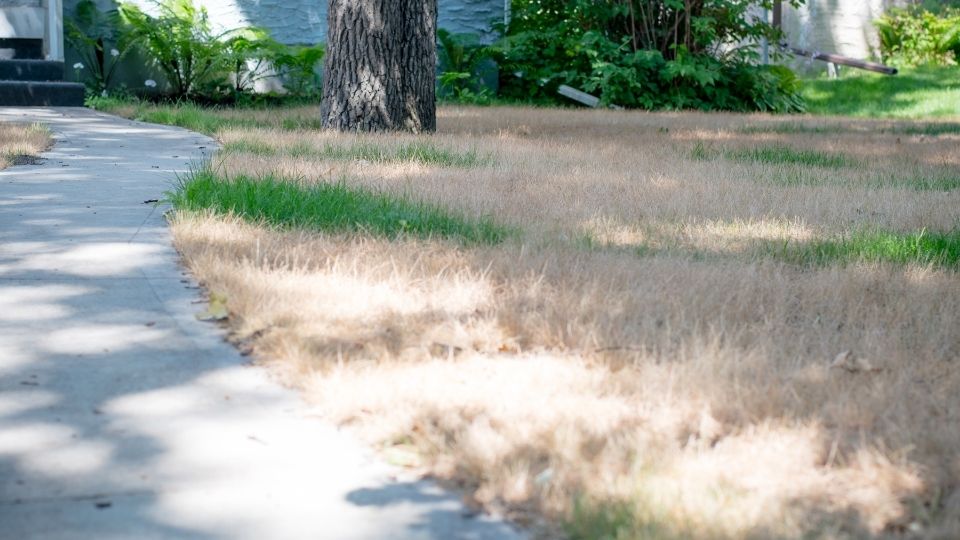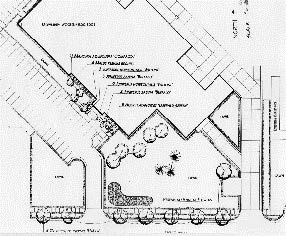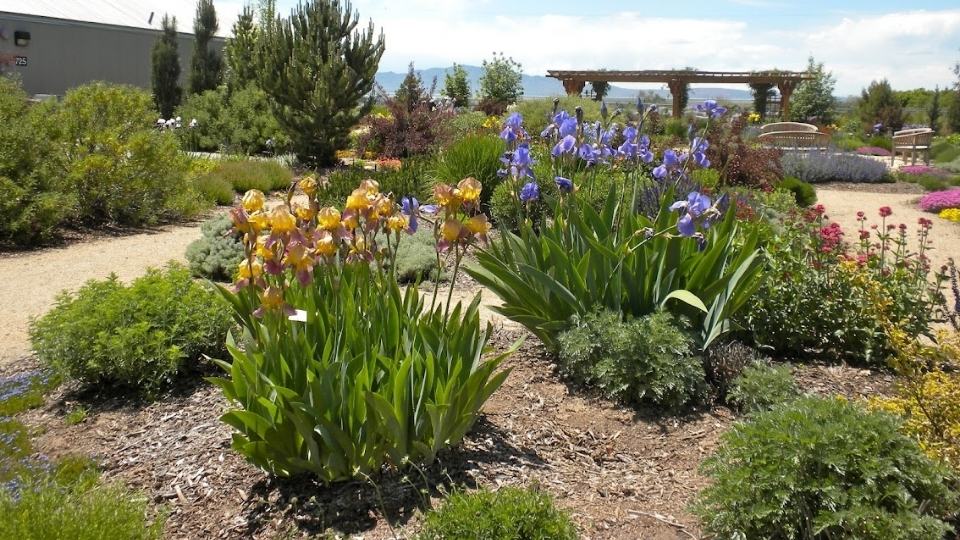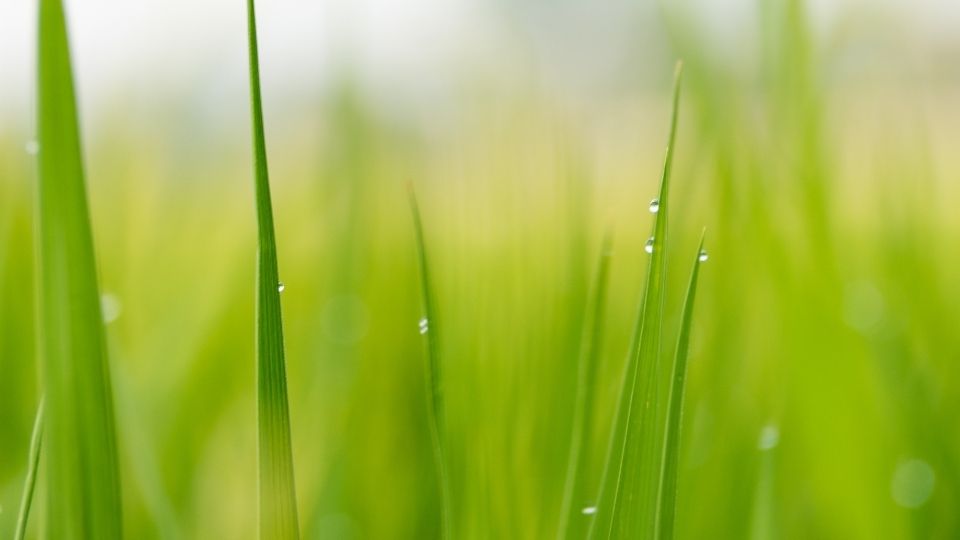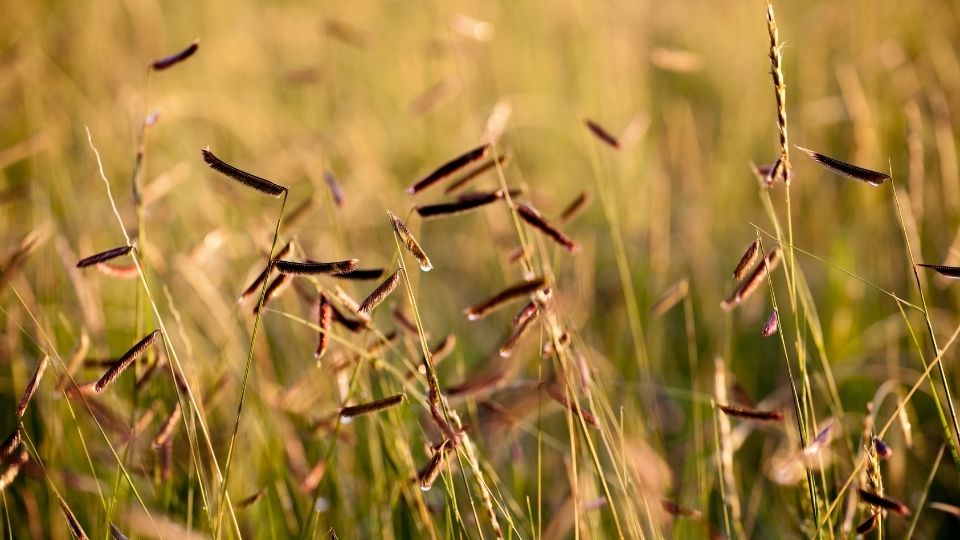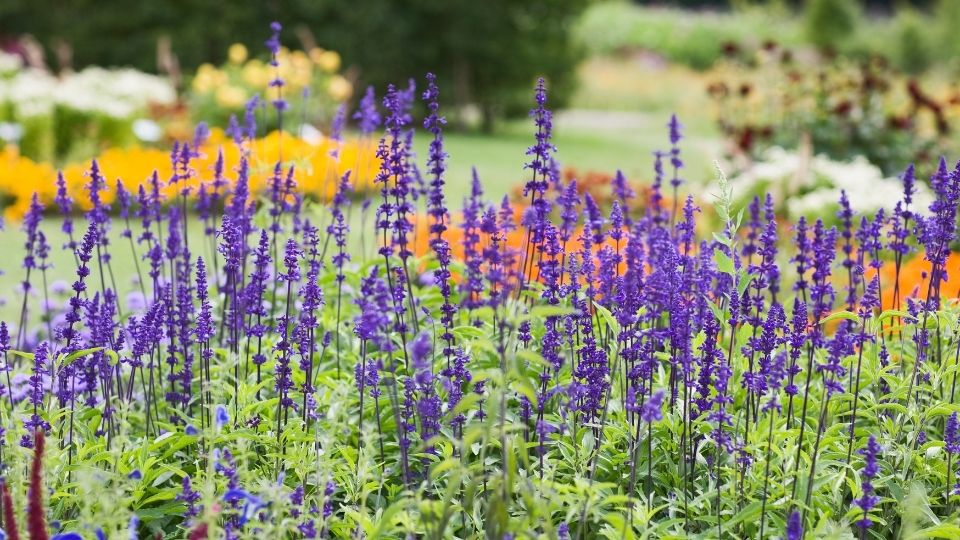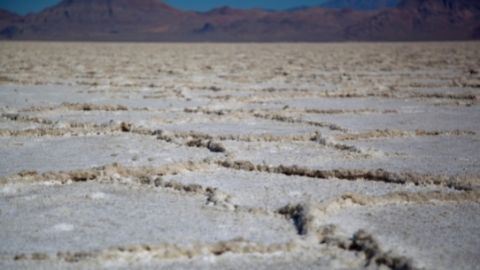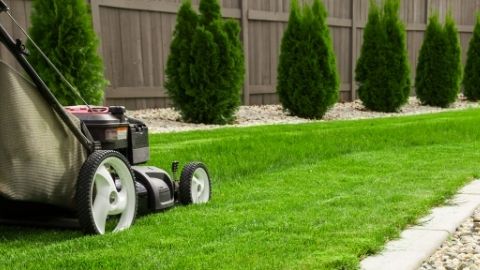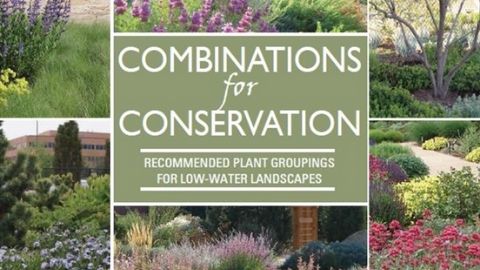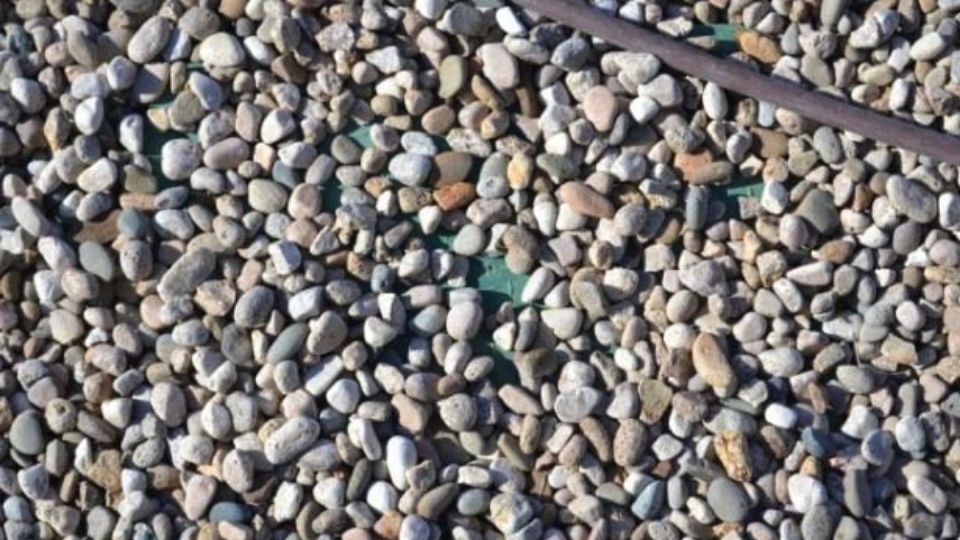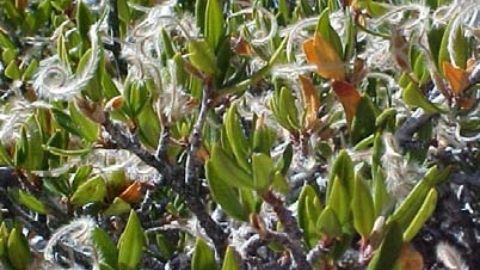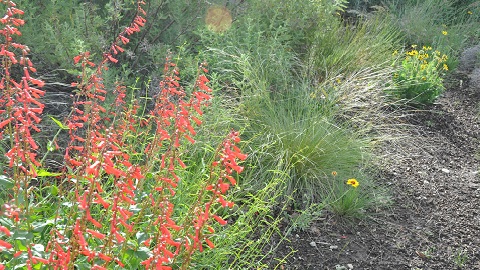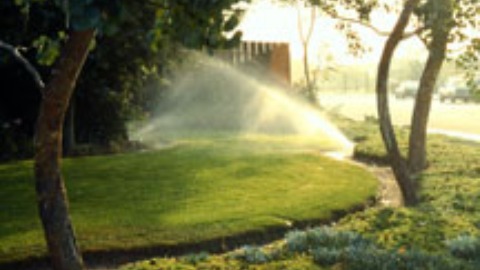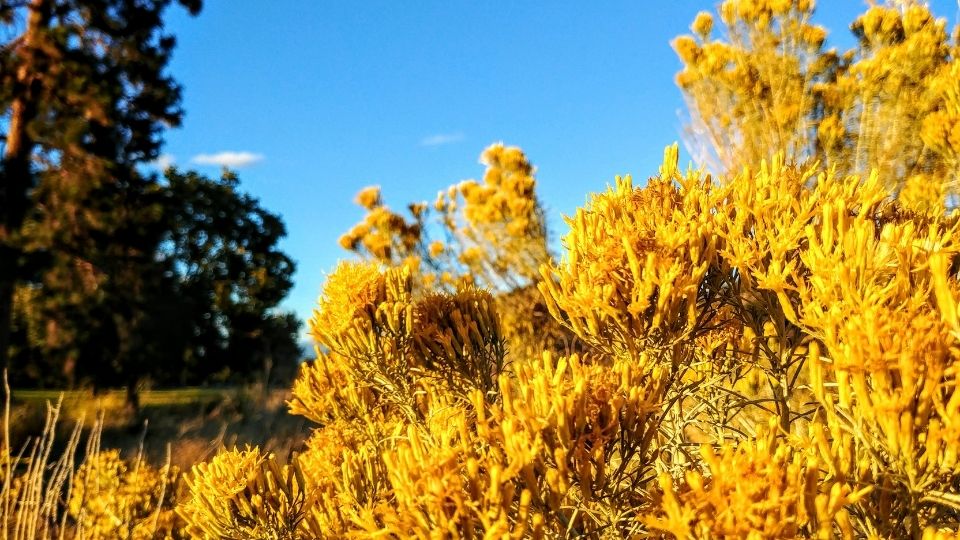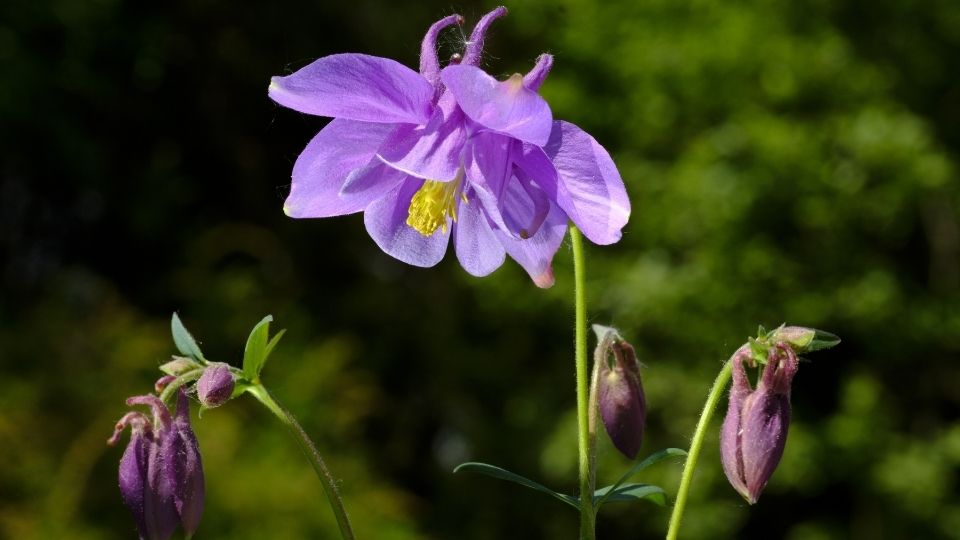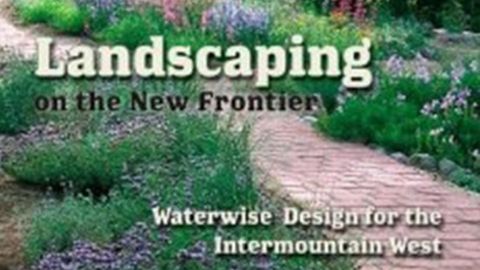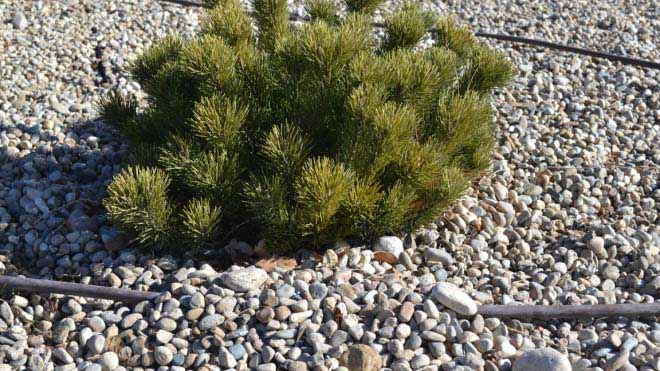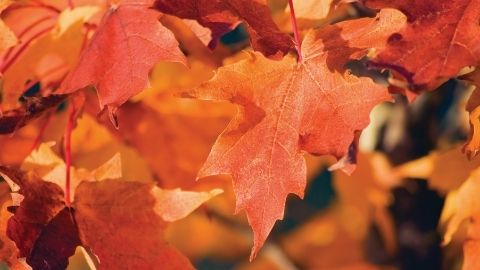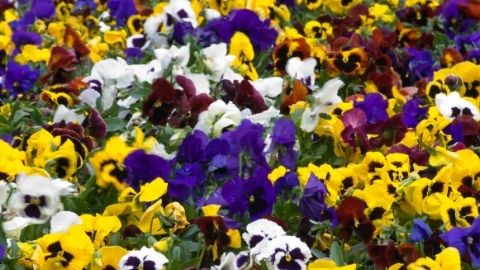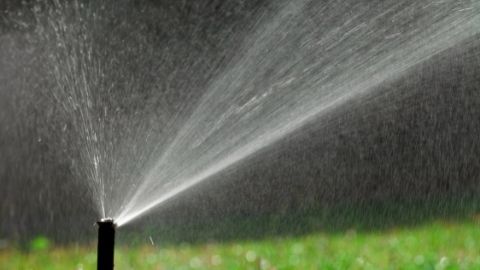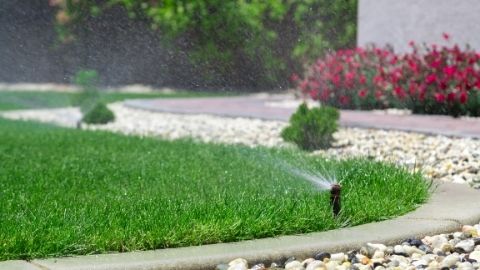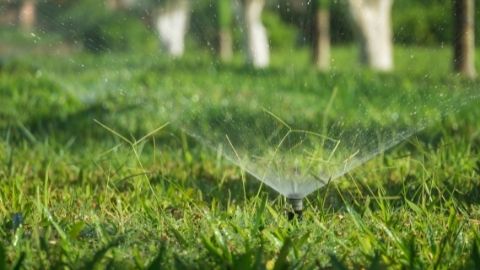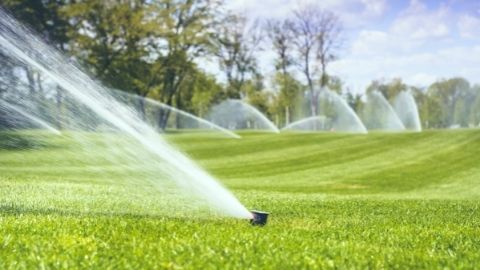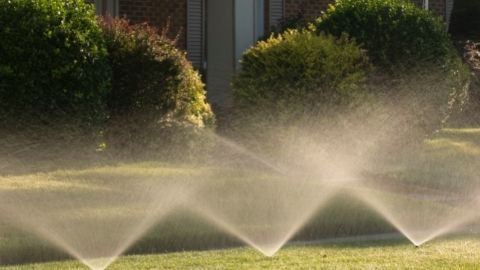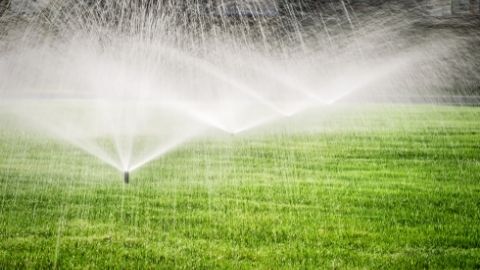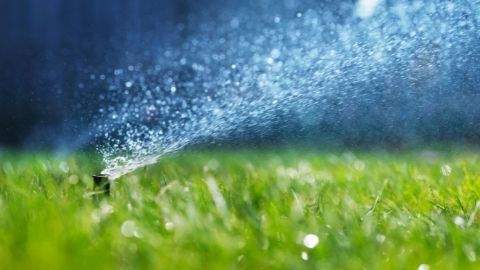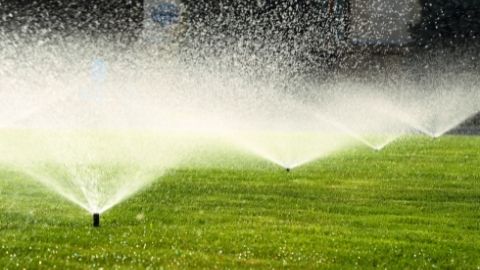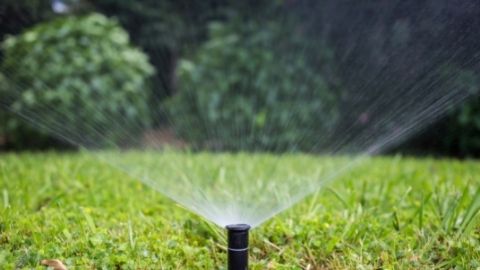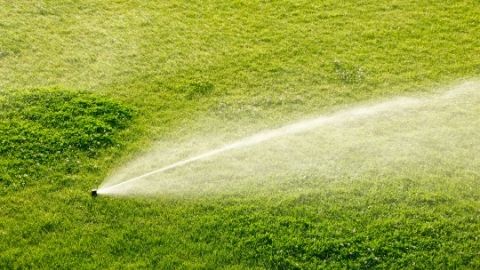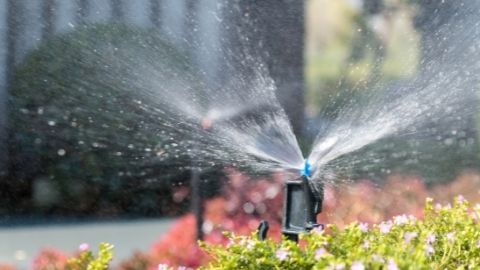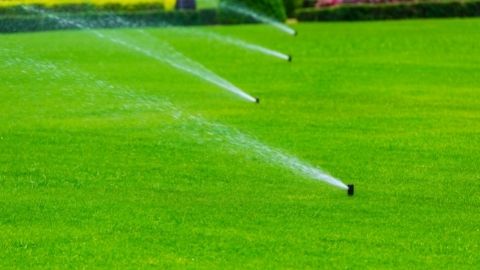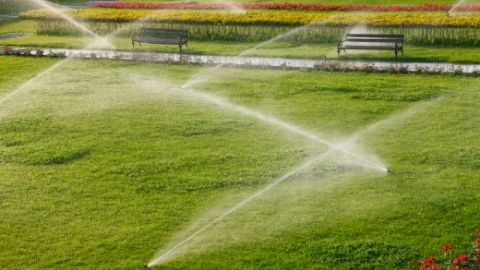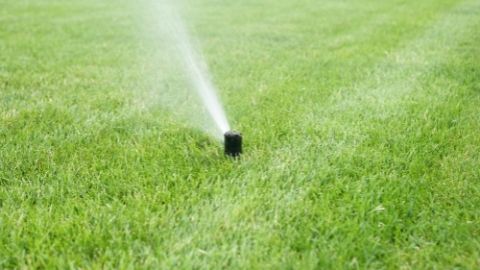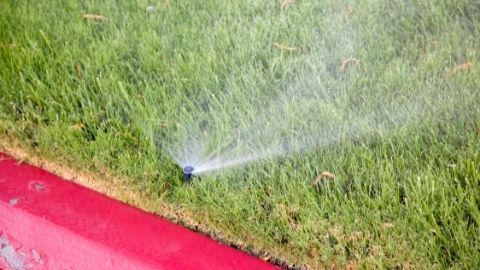Water-Wise Landscaping: Mulch
Mulch can provide many benefits in water-wise landscapes. Mulch covers the soil and prevents crusting, compaction, and water evaporation. In fact, mulching around trees, shrubs, and in flower beds can result in a ten-fold reduction in evaporative water loss from soil. Reducing soil water loss means more water is available to plants and less water needs to be provided. Mulch also reduces the number of weeds in a water-wise landscape by preventing light-induced germination of weed seeds. With fewer weeds, less cultivation is required, which can prevent damage to plant roots, soil structure, and soil organisms. In addition, mulch moderates soil temperature and protects plant roots. In winter, moderation of soil temperature can prevent plants from heaving out of the ground due to freezing and thawing. Mulch also can be an important visual design element in a water-wise landscape, and it is used along walkways, in plant borders, and for color and structure in a landscape or garden.

help maintain soil fertility and reduce the need
to add supplemental nitrogen.
Organic Mulches
Organic mulches include materials such as wood or bark chips, shredded bark, nut shells, pine needles, or other discarded plant parts. These materials have the potential to enhance soil structure, increase soil fertility, prevent compaction, and increase soil organic matter as they break down and are incorporated into the soil. Use of such materials as mulch is a great way to recycle yard waste, such as pruned woody plant materials, fallen leaves and needles, and even grass clippings. To ensure adequate water infiltration and aeration and to slow decomposition, make sure mulch particles are larger than the underlying soil particles (usually larger than a half inch in diameter).
Recycled plant materials must be free from weed seeds, disease-causing organisms, and pesticide and herbicide residues. You can either use disease-free plant parts that have not been chemically treated, or you can compost your mulch before use. Composting results in controlled decomposition of organic materials through the activity of microorganisms and generates enough heat to kill weed seeds and disease organisms. Composting also may break down some pesticides that can injure growing plants.
In most cases, use of organic mulch increases the nutrient fertility of the underlying soil and decreases the need for fertilizer application to mulched plants. However, the use of fresh wood or bark as mulch may lead to temporary nitrogen deficiency because microorganisms that decompose these high carbon content materials use up nitrogen that otherwise would have been available to the plant. Nitrogen loss can be avoided by using composted mulch or by adding nitrogen at a rate of 1-2 lbs actual N per 1000ft2.
Over time, organic mulches break down and will need to be replenished. Replenishment can be accomplished simply by adding more mulch over the top of the decomposed mulch material. Before adding new mulch, roughen up the old mulch layer to prevent formation of a water-impervious surface between old and new mulch.
Decomposition of organic mulches sometimes can lead to nitrogen deficiency. Watch plants for telltale signs of nitrogen deficiency. If you notice yellowing that starts in the older leaves, as well as decreased vigor, replace lost nitrogen using the fertilizer rate listed above.
Inorganic Mulches
Inorganic mulches consist of non-plant materials and may include a variety of different kinds of rock or gravel. Different sizes and colors of inorganic mulches are available. The decision about which to use will depend upon the kind of landscape, the reason for its use, and its availability. Examples include gravel or crushed stone, lava rock, recycled tumbled glass, and cobblestones of different sizes, shapes, and colors. The size of inorganic mulch particles should complement the scale of the landscape. For example, cobblestones work great in an expansive formal or naturalized setting or in a rock garden, but would be overwhelming in a small flower bed.
Inorganic mulches provide the same benefits as organic mulches, including moisture retention, temperature moderation, and prevention of compaction. In addition, inorganic mulches provide excellent drainage that is often required of drought-adapted plants. Inorganic mulches do not decompose and need to be replaced only infrequently. The disadvantage of inorganic mulch is that it does not add to soil fertility or organic matter, and plants will need to be monitored for signs of nutrient deficiency and fertilized accordingly.
Mulch Application
Apply organic mulch to a depth of 3 to 4 inches, and inorganic mulch to a depth of 2 to 3 inches. A 2-inch thick layer of mulch requires about 6 cubic yards of material per 1000 square feet of area. Leave a few inches of mulch-free area around the base of woody plants to prevent root collar diseases and rodent damage. The best time to apply mulch is immediately after planting in the fall, or in the spring after the soil has warmed.
A weed barrier may be placed on the soil surface before using either organic or inorganic mulch material. The best choices are landscape fabrics of various types that allow air exchange and water infiltration. Plastic sheeting should be avoided because it tears easily, may generate excessively high root-zone temperatures in direct sun, and interferes with water and air exchange with the soil. Apply landscape fabric in strips over the soil, overlapping strips about 4 inches. Place mulch material over the weed barrier. Decomposed organic mulch will favor the growth of weeds on top of the weed barrier and should be replaced rather than replenished as needed. Under normal conditions, fabric weed barriers should last about 5 years.
References
- Hanks, R.J., and G.E. Cardon. 2007. Evaporation. In: Chesworth, W. (ed) Encyclopedia of Soil Science. Springer, Dordrecht, the Netherlands.
- Harris, R.W., Clark, J.R., Matheny, N.P. 2003. Arboriculture: integrated management of landscape trees, shrubs, and vines. 4th ed. Prentice Hall, Englewood Cliffs, N.J.
- Keane, T. 1995. Water-wise landscaping: guide for water management planning. Utah State University Extension Service. http://extension.usu.edu/files/gardpubs/waterwis. pdf
Authors
Heidi A. Kratsch, Ornamental Horticulture Specialist
Related Research


